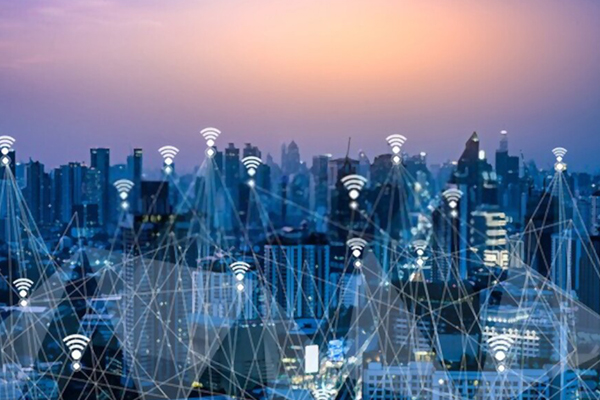The story of how blockchain is revolutionizing IoT, by democratizing and expanding low-power wide-area (LPWA) networking and creating incremental opportunities for forward-looking enterprises, has been told already. We know the IoT market has failed so far to live up to the hype (50 billion connected devices by 2020, anyone?), and that new business gains and sustainability impacts have been hard fought and hard won.
And we know that new wireless network models like Helium’s – expanding a crowd-sourced, self-funding global LoRaWAN infrastructure, where data transactions are immutable in blockchain ledgers – might just make the difference. Helium’s self-styled ‘The People’s Network’, is the fastest and largest growing IoT network in the world; in just two years, it has expanded to over 800,000 hotspots in around 52,000 cities in 169 countries.
In the next two years, the Helium masterplan is to deploy millions of gateways globally (two million by 2023), to make the promise of IoT a reality – after a decade of big talk that every electronic ‘thing’ will be connected, and drive business and save the planet. But what else? What about all the new-fangled IoT that will require more power than LoRaWAN-based LPWA network afford, for data-hungry, low-latency streaming in modish IoT apps?
What about a new infrastructure for drones and cars, and all manner of private and public high-power wide-area IoT? And why, if people-power works so well in wireless, stop at LoRaWAN? Why not build a mega-global public Wi-Fi network, or a ‘people’s 4G/LTE network? Why not democratize all-singing cellular 5G – as a complement to the public infrastructure licensed operators are presently constructing at great length and great cost?
Well, why not, indeed? Nova Labs, in charge of the Helium network, has just raised $200 million from investment outfits Tiger Global and Andreessen Horowitz (a16z), as well as from the venture spinoffs of at least three major telcos, in Deutsche Telekom, Nokia, and Liberty Global. This capital interest in the Helium network model says, firstly, that the big beasts of telco are impressed, and, secondly, that there are big plans afoot. With good reason.
Global 3G networks are being progressively switched off; many countries will shutter infrastructure this year, including major 3G network operations in the US, UK, and Canada. Many others are already in-process; many more have announced 3G sun-setting over the next 24 months. Meanwhile, global 2G networks, perceived as more useful and entrenched than 3G, will follow suit, with 2025/26 earmarked as the end of 2G in most markets.
Which means a considerable installed base of old-style machine-to-machine (M2M) devices – found in automotive trackers, medical alert systems, some home security – will go without traditional IoT support; regular mobile phone users in some rural and remote regions, and even in some urban coverage black-spots and not-spots, will also go without a cellular signal, potentially.
The Helium network offers an alternative for these IoT cases, as they are repurposed after the 3G shutdown. Meanwhile, the first 5G gateways are already live on Helium, establishing the first nodes for a second global Helium network, and the rapid-fire task to stand-up infrastructure for all the disconnected (people and machines) in the digital divide – in semi-rural regions and urban outposts, where public 5G does not go, and probably never will.
US-based Emrit is pushing mass Helium deployments for IoT tracking and monitoring in homes and offices, ports and factories, cities and states, and all points between. It is also among the first to support Helium’s push into the 5G market. The firm is offering partners – including operators and internet providers looking for clever ways to expand regional coverage – a share scheme on hardware costs and crypto revenues, split 50/50 straight down the line.
Like with LoRaWAN, the Emrit 5G model plugs into the Helium 5G model to make tactical 5G network building, and potentially public Wi-Fi network building, an easy calculation – offering subsidized hardware investments for shared crypto returns for carrying IoT data traffic to and from its destination. It is the same generational disruption that has already caught the low-power IoT market by surprise, and made it viable – just for big-ticket 5G.
Interested in learning more? Join Emrit’s upcoming webinar.
Webinar: Disrupting wireless.
Learn how decentralized wireless is changing a trillion-dollar global industry.

